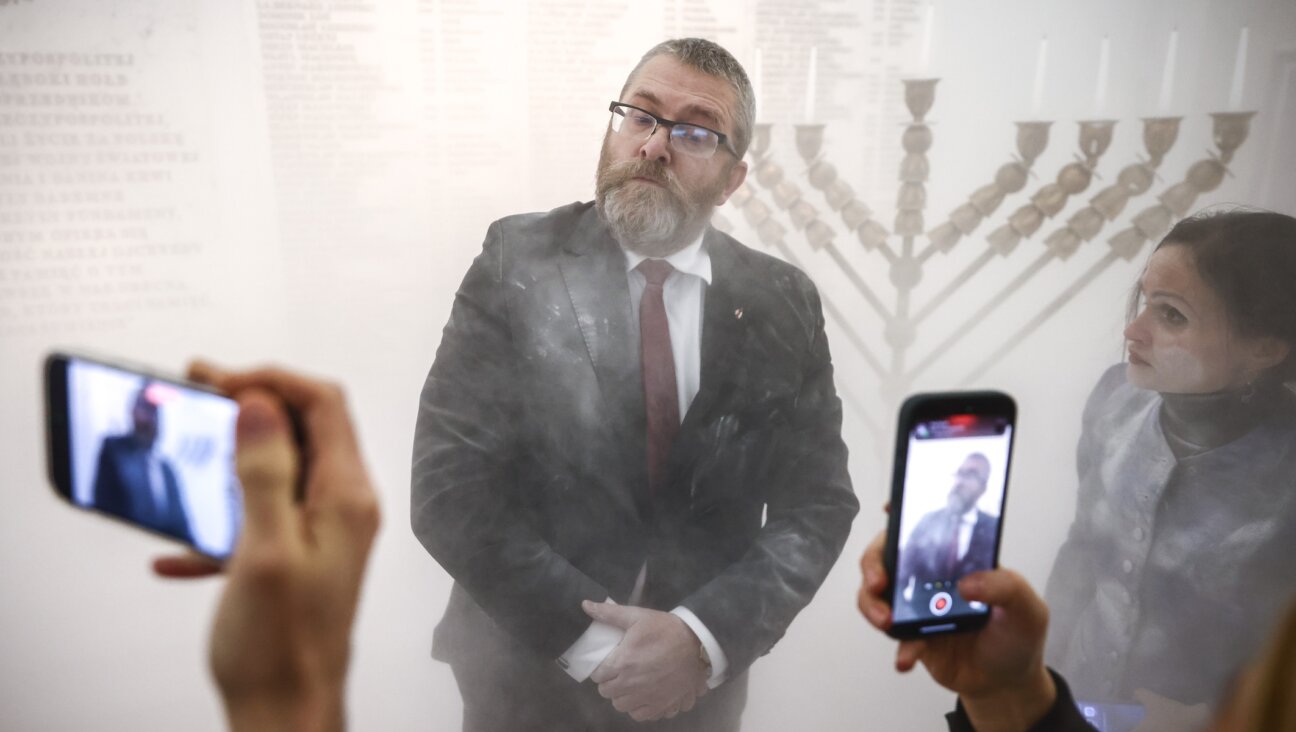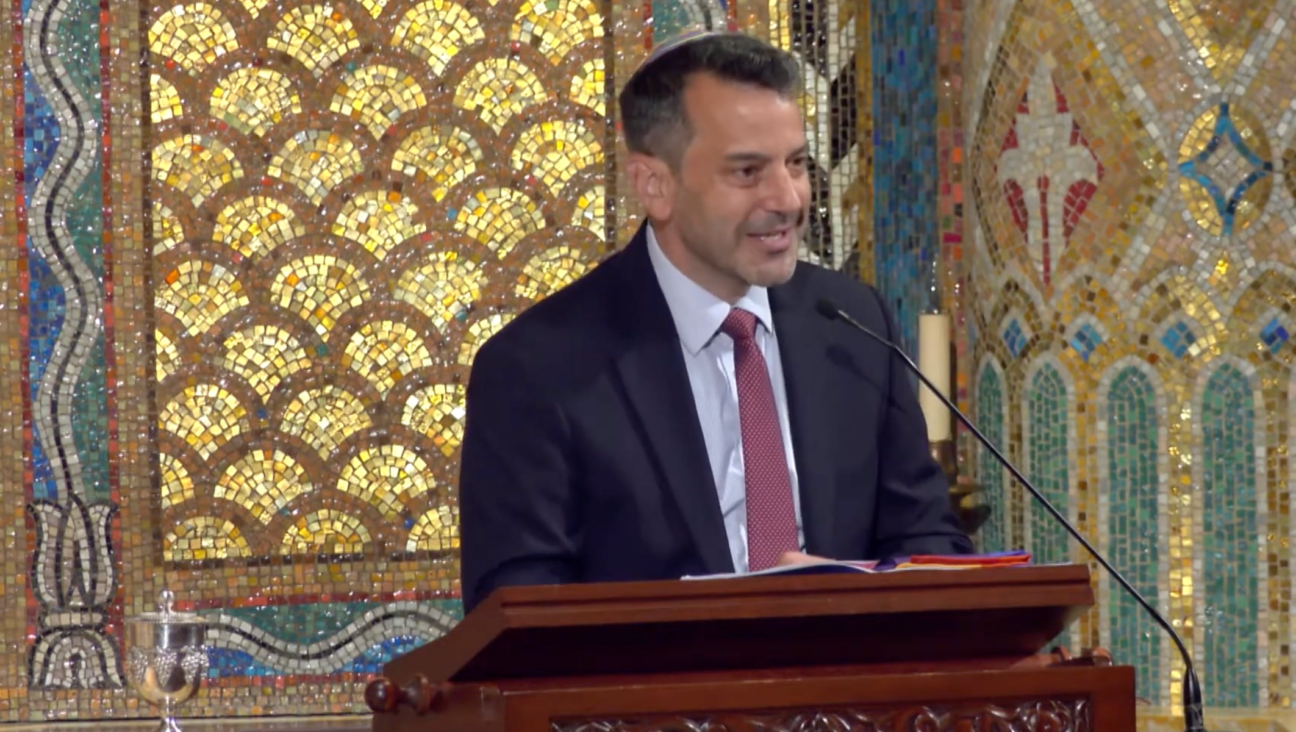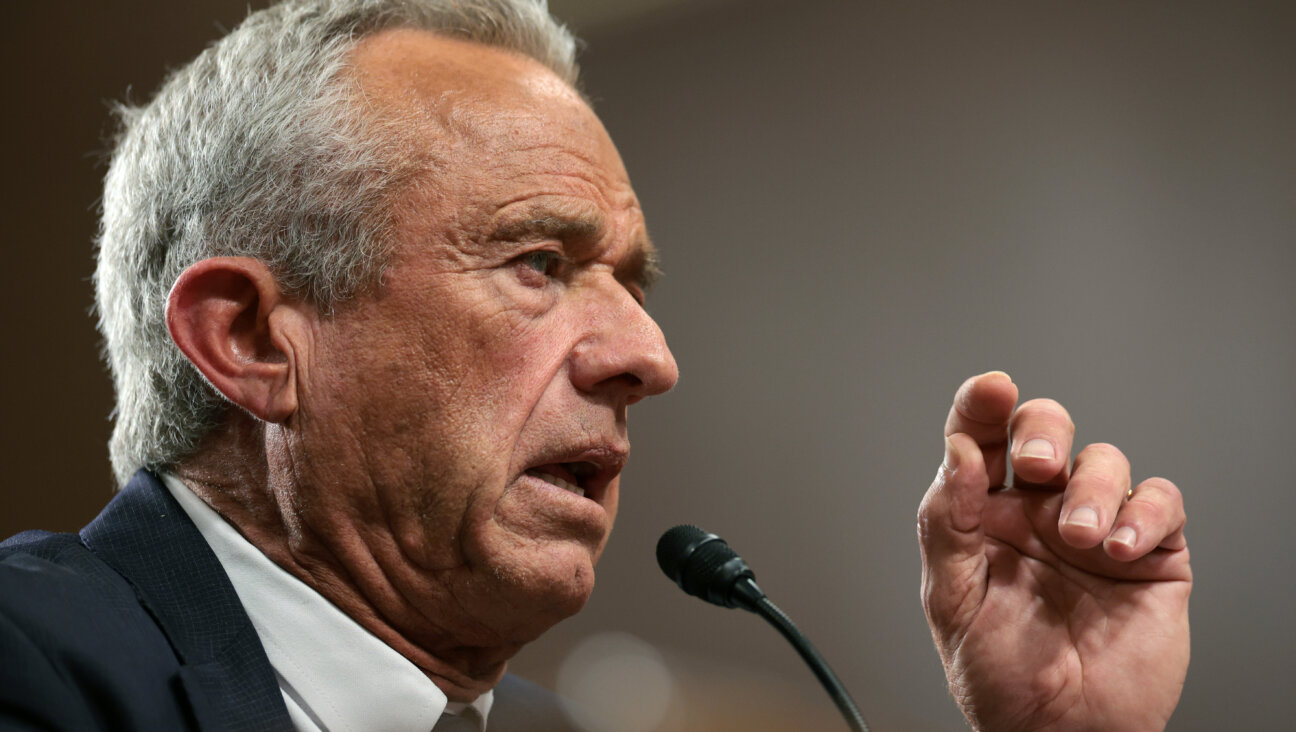In his impeachment defense, David Schoen picked a really weird hill to die on

David Schoen has experience as a lawyer in high-profile cases. Courtesy of YouTube Screenshot
David Schoen’s faith, from his phantom yarmulke to his Shabbat observance, has played no small role in Donald Trump’s second impeachment trial. And yet, it was his take on another religion that raised eyebrows on Friday. Observers think he picked a super strange hill to die on.
While Schoen eschewed his kippah in a public setting yet again, he argued fiercely that a Trump supporter who promised in a tweet to “bring the Calvary” to the Jan. 6 rally was not — as many people might assume — misspelling “cavalry,” but talking about her plan to display an object of her devotion at the capital.
“The tweeter promised to bring the ‘Calvary,’” Schoen said, objecting to Rep. Eric Swalwell’s presentation of the tweet as evidence of Trump’s incitement. “A public display of Christ’s crucifixion, a central symbol of her Christian faith with her. A symbol of faith, love and peace.”
People weren’t sold.
Isn’t it more likely that this woman simply doesn’t know that “cavalry” and “Calvary” are different? Why says “bringing the Calvary”???? pic.twitter.com/RoptsRmRv6
— Matt Lewis (@mattklewis) February 12, 2021
Calvary, cavalry… the defense of Trump is going where few could have imagined
— Susan Glasser (@sbg1) February 12, 2021
Now, to be fair, a Calvary, taken from the name of the hill where Jesus was crucified, also known as Golgotha, is a kind of public open air sculpture. I checked (Jewish) and it was not as ludicrous as I initially believed. I was thinking a “Macbeth”-type deal where someone shifts a whole bit of landscaping — Scottish forests, crucifixion sod from Jerusalem — over to a seat of government for a showdown between new and old leadership.
The tweeter in question, Jennifer Lynn Lawrence, insisted that was the meaning she intended, noting that she wanted “salvation for everyone” and to bring the “crucifixion of Jesus Christ… back to Washington, D.C.”
But how exactly? The logistics seem tricky. Calvary sculptures appear to be quite large in scale and difficult to transport, though perhaps not as tough to haul as a regiment of horsemen. Or maybe just as “cavalry” no longer means quite the same thing as it once did, “Calvary,” long used as a byword for mental anguish, can evolve as well.
Perhaps, as Schoen’s team argues was the case with so much of the rhetoric leading up to the siege of the Capitol, this was all a metaphor. You know, that super common metaphor about hauling a monumental sculpture to the country’s capital. Kinda like when you tell your buddies you’re bringing the Ark of the Covenant to Shabbat.
We all do it! And everyone knows you just mean you’ll supply the wine.
PJ Grisar is the Forward’s culture reporter. He can be reached at [email protected].
A message from our Publisher & CEO Rachel Fishman Feddersen

I hope you appreciated this article. Before you go, I’d like to ask you to please support the Forward’s award-winning, nonprofit journalism so that we can be prepared for whatever news 2025 brings.
At a time when other newsrooms are closing or cutting back, the Forward has removed its paywall and invested additional resources to report on the ground from Israel and around the U.S. on the impact of the war, rising antisemitism and polarized discourse.
Readers like you make it all possible. Support our work by becoming a Forward Member and connect with our journalism and your community.
— Rachel Fishman Feddersen, Publisher and CEO
























